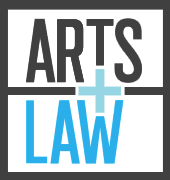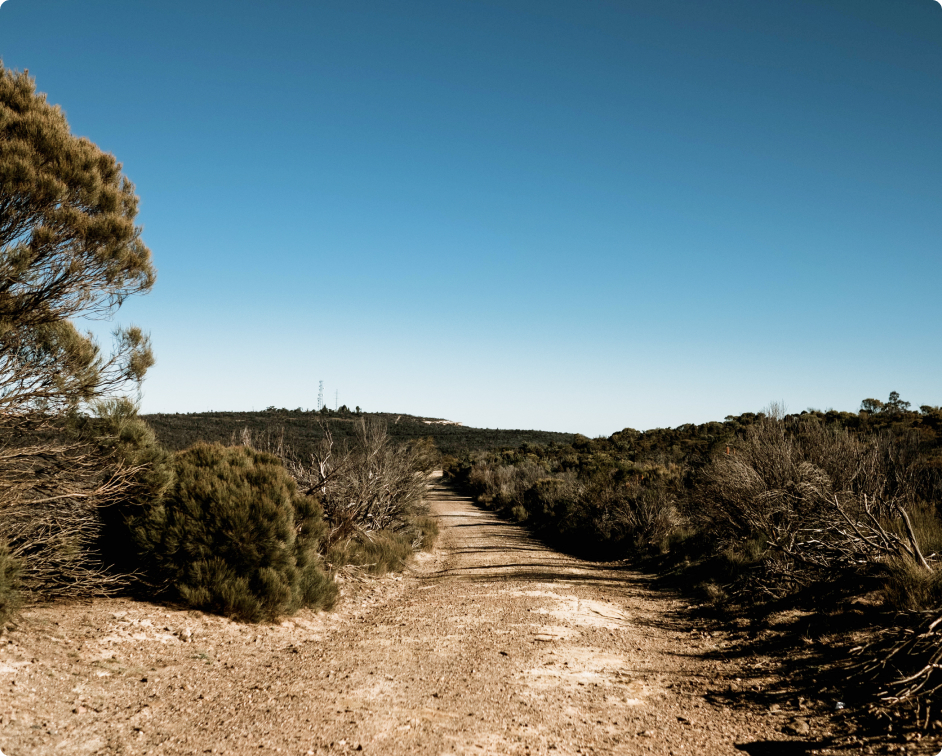Our Clients’ Stories
Latest Case Studies
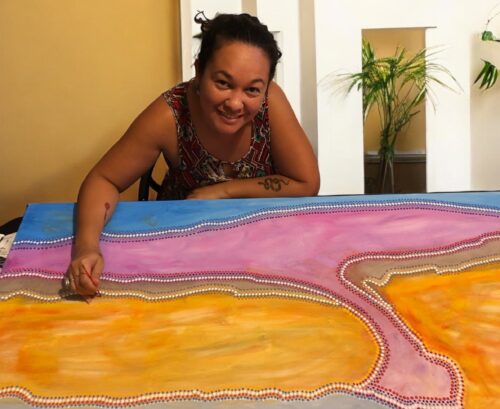
Arts Law Helps Mim Cole Secure a Fair Fashion Collaboration
Mim Cole is a Larrakia, Wardaman, Karajarri woman and visual artist from the Northern Territory….
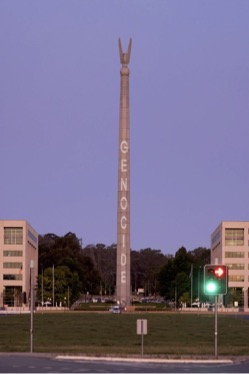
Mary Lou Pavlovic: Protest art in action
Dr Mary Lou Pavlovic is a Canberra born artist, living in Bowral. Throughout her career…

Jerry Mushin: Protecting his rights in a publishing contract
Jerry Mushin is an author and academic based in New Zealand. He has published a…
Browse all Case Studies by their Art Form
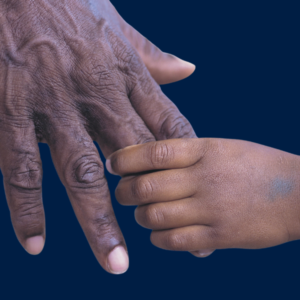
Aboriginal and Torres Strait Islander Culture & Knowledge
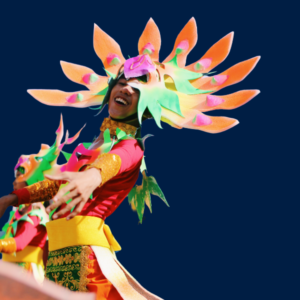
All Art Forms

Community Arts & Festivals

Design

Fashion
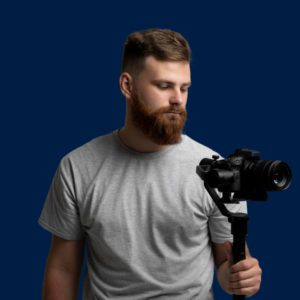
Film & Screen

Games
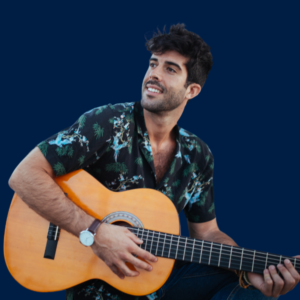
Music
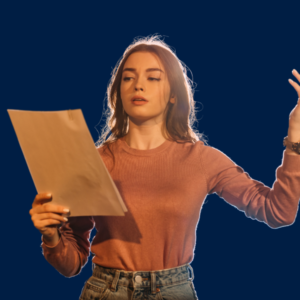
Performing Arts & Dance
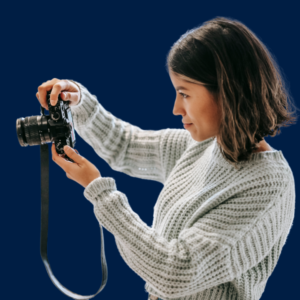
Photography
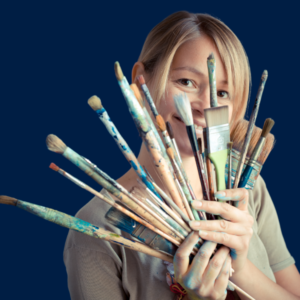
Visual Arts

Writing
The information in these case studies is general. It does not constitute, and should be not relied on as, legal advice. The Arts Law Centre of Australia (Arts Law) recommends seeking advice from a qualified lawyer on the legal issues affecting you before acting on any legal matter.
While Arts Law tries to ensure that the content of this page is accurate, adequate or complete, it does not represent or warrant its accuracy, adequacy or completeness. Arts Law is not responsible for any loss suffered as a result of or in relation to the use of this information sheet. To the extent permitted by law, Arts Law excludes any liability, including any liability for negligence, for any loss, including indirect or consequential damages arising from or in relation to the use of our case studies.
© Arts Law Centre of Australia
